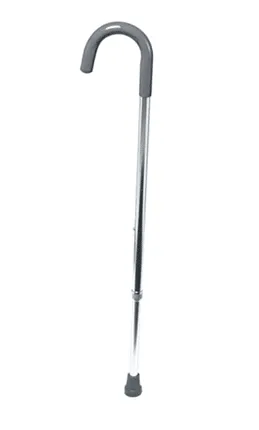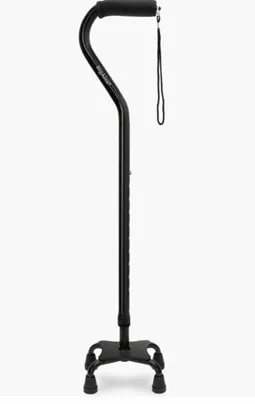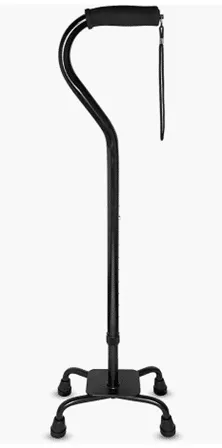To Use a Cane or Not Use a Cane, That is the Question
How Do You Use a Cane?
How Properly Size a Cane
Before you walk in either a step-to or step-through pattern, you need to have the proper height. Check out this video for proper height.
Check out all the conditions we treat.
Different Types of Canes

Narrow base

Wide base




